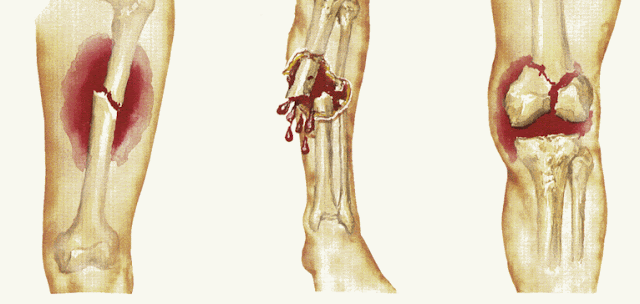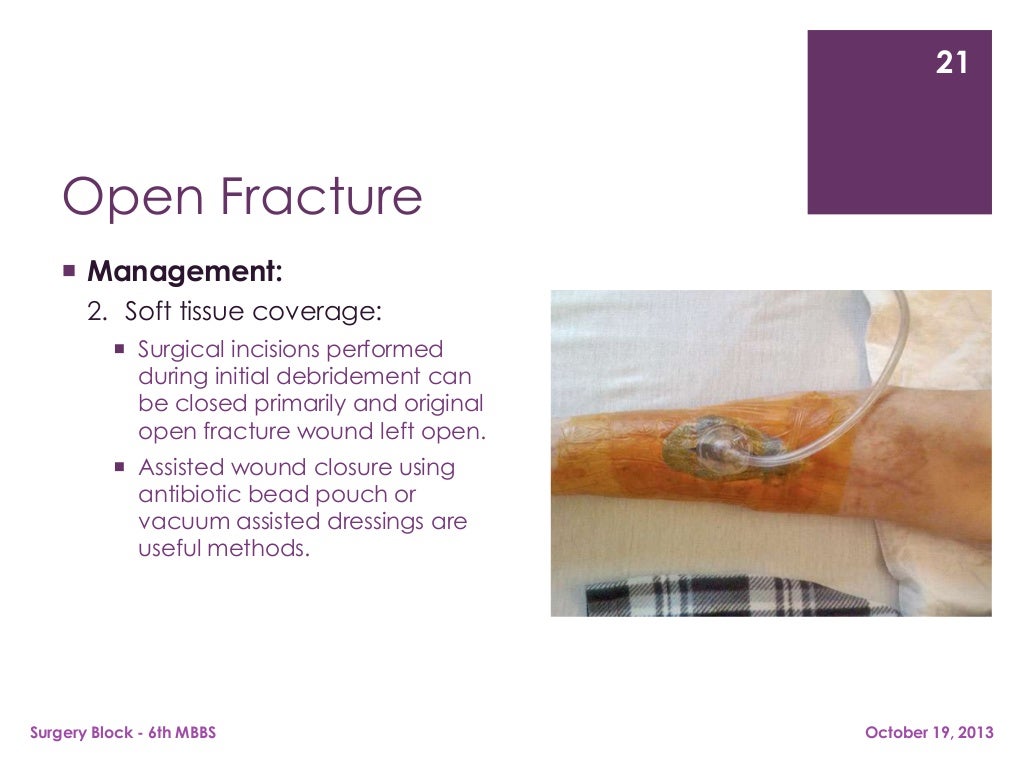

These special plates are called dynamic compression plates.ĭuring function many bones have a tension and compression side. The holes in the plates are designed to force the bone fragments together as they are tightened, this is known as compression plating. Many of the plate and screw systems used in mandible fractures are designed to bring the mandibular fragments together in a state of compression and promote direct bone healing. With this type of healing there is no differentiation of connective tissue to cartilage, and healing occurs with the remodeling of Haversian canals in bone fragments brought together in compression (43). There is no micromotion across the fracture line and no callus in direct bone healing. Each stage results in an increase in the strength of the callus and a decrease in the micromotion occurring across the fracture line. Indirect bone healing proceeds through several stages, from granulation tissue to fibrous tissue to cartilage to bone. Bone healing is either indirect by callus formation, which occurs in conditions of relative stability or by direct bone healing which requires the fragments to be opposed in a condition of absolute stability. Definitive Managementīefore we look at several of the various methods available for mandibular fracture repair it is useful to discuss some basic principles of bone healing and internal fixation. In general CT scanning of the mandible for mandible fractures adds little to the above studies. Towne's views will allow enhanced visualization of the condyles and periapical dental views may be needed to evaluate dental root trauma near fracture lines. The single most useful radiologic study to evaluate mandible fractures is the orthopantomogram (Panorex). These patients should be on antibiotics and undergo fracture fixation as soon as possible.

Any mandible fracture which transects a dental socket should be considered an open fracture with oral contamination. The emergency management of injured dentition was outlined in the pathophysiology section. As a general rule if the need for definitive airway management seems likely you should go ahead with it at that time not when it will require an emergency intervention. Frequent airway checks early in the course of treatment are prudent. It is important to realize that airway status is not a constant but a dynamic entity which may change with time as swelling increases. If the patient is unconscious the initial evaluation should include the removal of material from the mouth which could potentially be aspirated (teeth, blood clots, road debris). This in most cases is either nasal intubation over a flexible bronchoscope or tracheostomy. If the airway is tenuous due to floor of mouth or tongue swelling or as the result of associated injuries the appropriate intervention outlined in the introductory section should be undertaken. The emergency intervention related to mandible fractures centers around airway management. Inspect the external auditory canals for fractures caused by impaction of the condylar heads. Palpate the external and intraoral surfaces of the mandible for step off's.ĥ. A thorough examination of the oral cavity including dentition, apparent class of occlusion, characterization of the occlusal disharmony present, maximal incisor opening and mucosal surfaces should be undertaken.ģ. The initial exam should assess the likelihood of significant floor of mouth swelling or tongue swelling that could potentially compromise the airway.Ģ. Head and neck exam with special attention to:ġ. Fractures may be vertically or horizontally favorable or unfavorable.

If the muscles act to reduce the fracture it is a favorable fracture. If the muscle pull distracts the fragments the fracture is unfavorable. The muscles of mastication tend to distract some types of mandible fractures and reduce others depending on the anatomy of the fracture lines. Condyle fractures are more likely to occur as a result of forces directed straight posteriorly (uppercut and jab) whereas angle and body fractures are associated with medially directed trauma (the roundhouse punch). The areas most frequently fractured are the condyle, body and angle. In discussing mandible fractures, the mandible is generally divided into several different areas including, symphyseal (or parasymphyseal), body, alveolar process, angle, ramus, coronoid and condyle. Many of the fundamental concepts of dental and mandibular anatomy relevant to mandibular fractures has been reviewed in previous sections.

Mandible Fractures Anatomy and Mechanism of Injury See sidebar for Introduction, Bibliography, and other Sections. Return to: Facial Fracture Management Handbook


 0 kommentar(er)
0 kommentar(er)
